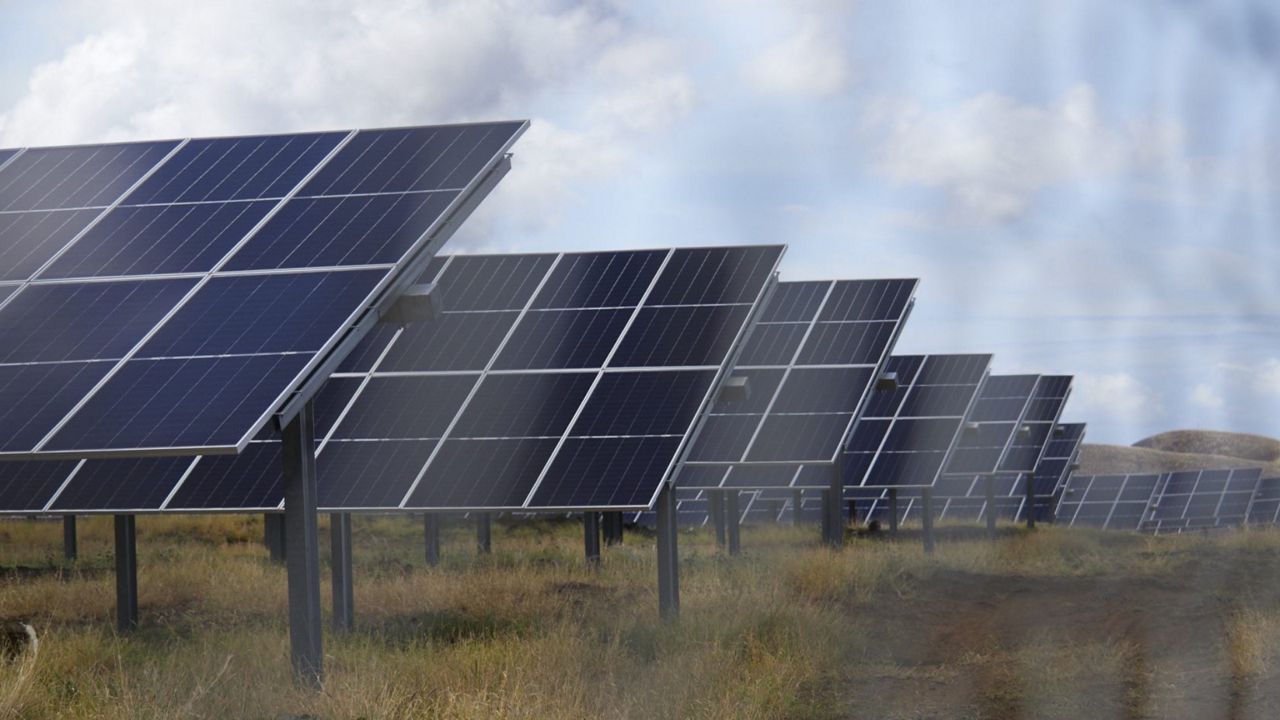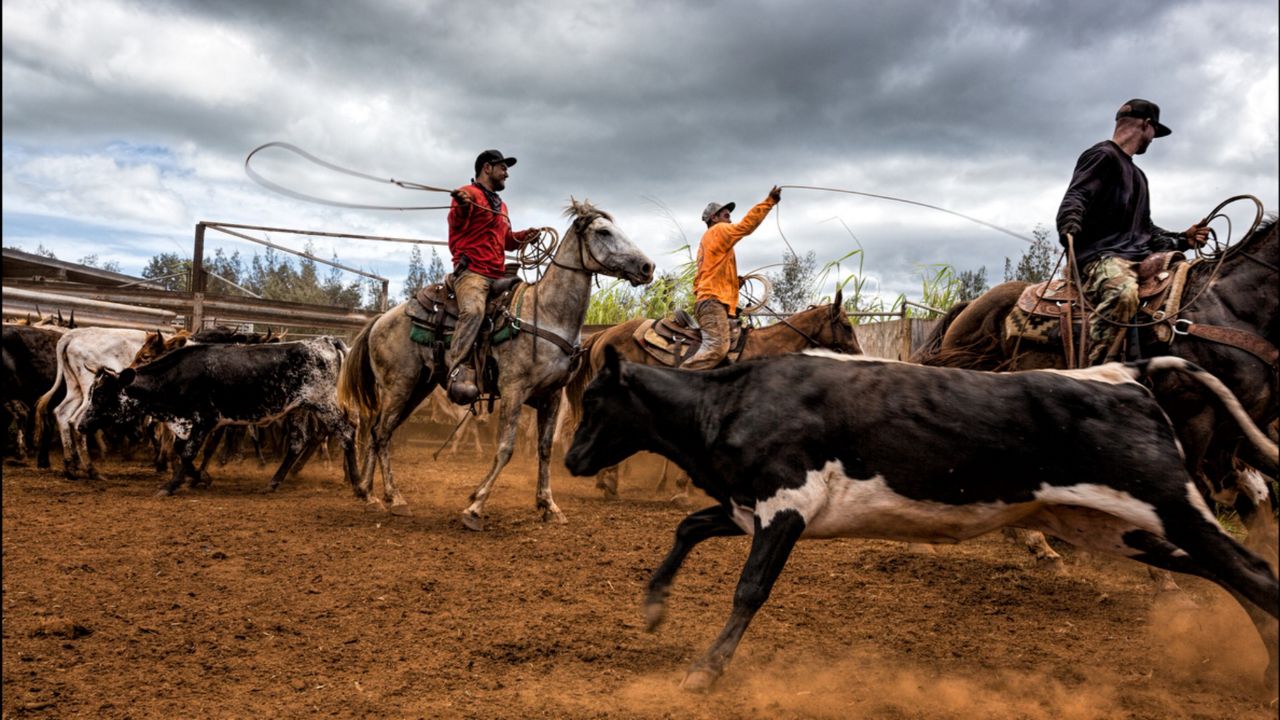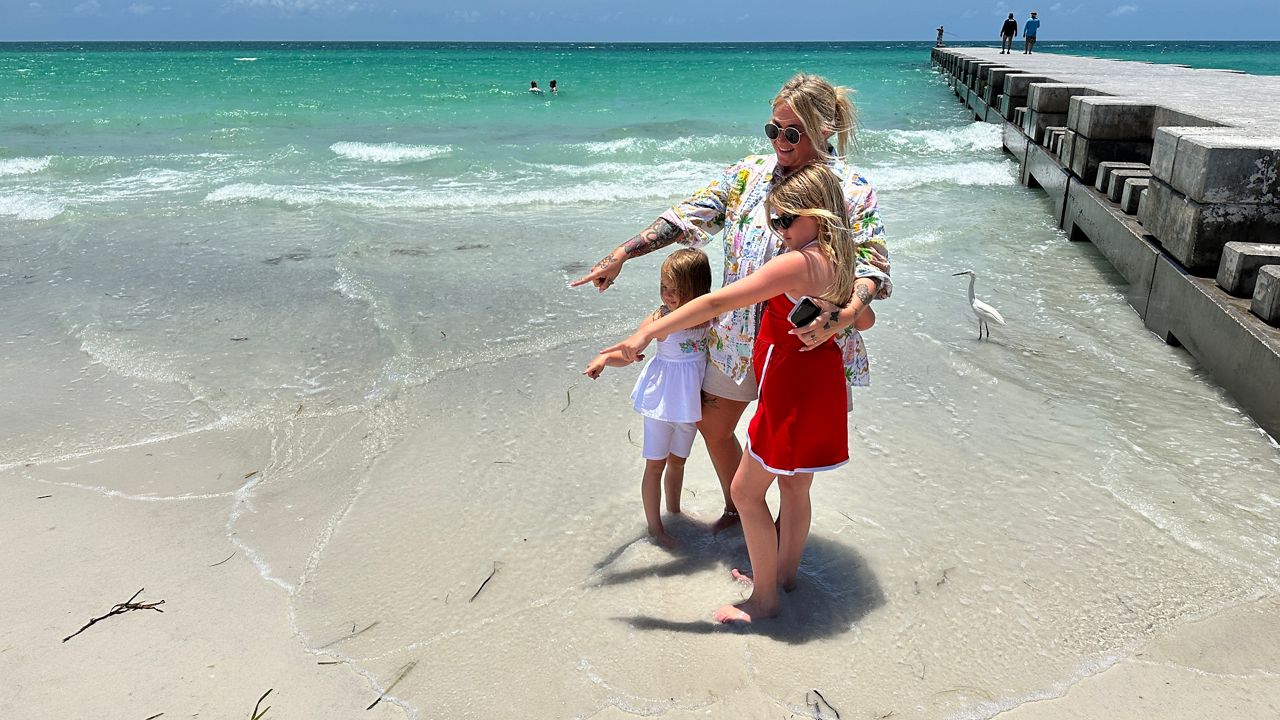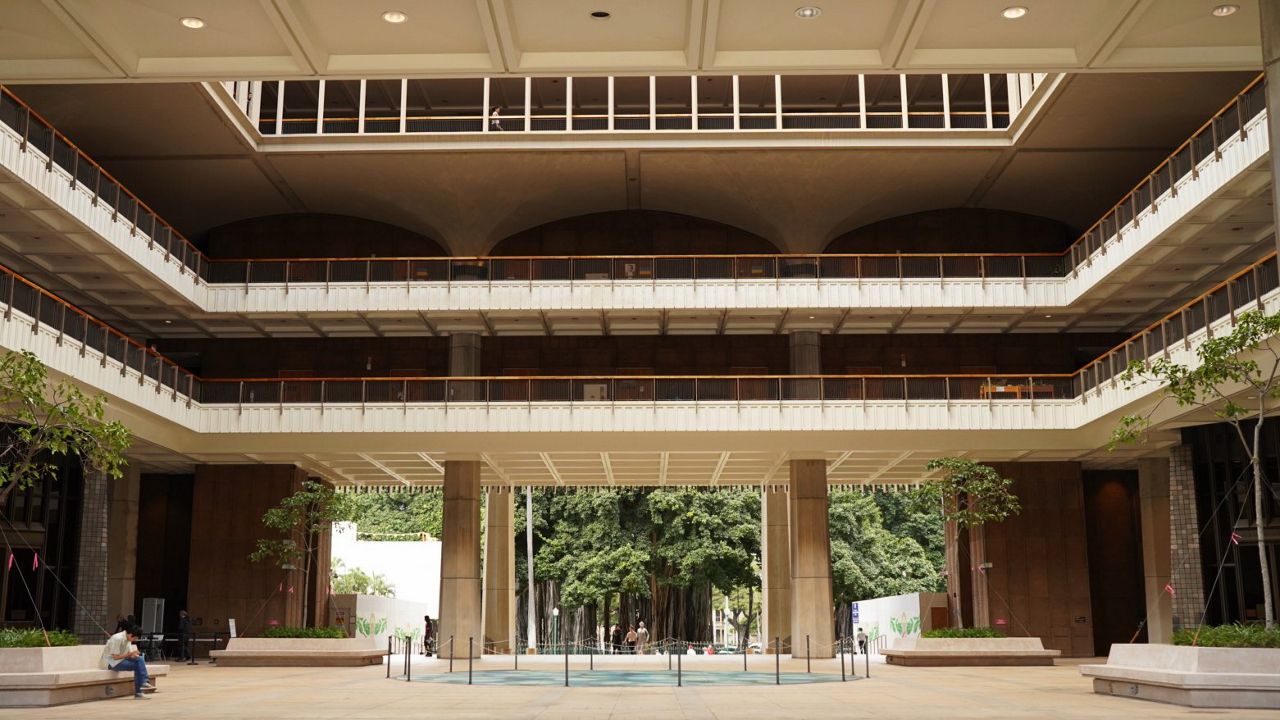A bill that would have imposed strict new requirements on coffee labeling in Hawaii survives in diminished form now as a measure directing and funding a study of the impact such changes might have.
House Bill 1517 (House Draft 2, Senate Draft 1) cleared the Senate committees on commerce and consumer protection and ways and means last week and now awaits final Senate approval.
The original version of the bill would have required that labels for coffee blends disclose the geographic and regional origins of the coffees contained as well as their percentage by weight. It would also have made it a violation to claim a geographic origin in labeling or advertising of roasted or instant coffee blends that contain less than a specified percentage of coffee from that geographic location, incrementally raising the minimum to 51% in 2024 from the current 10%.
The original version of the bill would have prohibited the use of the term “All Hawaiian” in labeling or advertising coffee that is not produced entirely from green coffee beans grown and processed in Hawaii.
However, the Senate committees on agriculture and the environment and energy, economic development and tourism concluded that while “the low threshold for products to be labeled with Hawaii's geographic names damages the reputation of Hawaii's coffee industry and reduces the revenues of the State's coffee producers,” the economic impact of the new requirements were unclear and could lead to “unintended consequences” for local coffee growers and the state.
The amended measure drops all the proposed changes to labeling requirements and instead calls for a study of the economic impacts the changes would have. The study was initially assigned to the state Department of Budget and Finance but was redirected by the ways and means committee to the Department of Agriculture.
The amended draft retains a provision that provides for funding of the state’s pesticide subsidy program.
The measure passed the ways and means committee despite copious testimony in support of scuttling the study and returning the bill to its original form.
Testifier Lynn Matusow was pointed in her assessment of the amended version of the bill, calling it a “complete cop out.”
“Mislabeling is a travesty and hurts our local coffee growers/farmers,” Matusow testified. “I urge you to move this bill forward. These growers deserve our support. This should have been law many years ago. No more stalling.”
Anne Frederick, executive director of of Hawaii Alliance for Progressive Action, called the proposed economic-impact study a “stall tactic to benefit the blenders and not our local coffee farmers.”
“France requires sparkling wine be 100% from grapes grown in the Champagne region in order to use the word 'Champagne' on the label,” Frederick testified. “Idaho requires l00% of the potatoes in the package be grown in that state to use the name 'Idaho Potatoes.' Vermont requires that 100% of the contents be from Vermont to label a product as 'Vermont Maple Syrup.' While Hawaii coffee farmers would very much prefer our state to provide a similar 100% labeling law, 51% would be a long overdue step in the right direction.”
Growers took issue with the argument that demand for Kona coffee could crater if blenders stop purchasing the beans due to the new requirements.
“The blenders will continue to argue that we should 'study' this issue,” testified Suzanne Shriner, president of the Kona Coffee Farmers Association. “They will testify that coffee prices will crash should they stop buying Kona for blends. But this is not economic reality. COVID drastically reduced the local sale of blends due to a lack of tourists, yet cherry and roasted prices to the farmers are at their highest point ever. The past two years have been a ‘market study’ and unequivocally proved that Hawaiian coffee thrives without blends.”
“The current demand for Kona coffee far exceeds available supply,” Shriner said.
“Quite simply, there is not enough Kona, Ka`u or Maui coffee to meet the global desire for Hawaiian coffee. To continue to allow a 10% blend ratio is deceptive to consumers, degrades the Hawaii brand and is damaging to the long-term economic health of our growers.”
However, Lauren Zirbel, executive director of the Hawaii Food Industry Association, said current coffee labeling provides ample information about the contents of blended coffee and the proposed labeling requirements would make it harder for business that sell coffee to “create labels that best suit their brand and make it harder to promote local coffee to consumers."
“Different ways of blending, roasting, and even brewing coffee create different products with different flavors and characteristics,” Zirbel testified. “Decisions about developing and marketing these different types of coffees should be left to coffee growers, blenders, roasters, brewers, and coffee drinkers. These are not the type of things that should be mandated by government bodies.”
Michael Tsai covers local and state politics for Spectrum News Hawaii.









